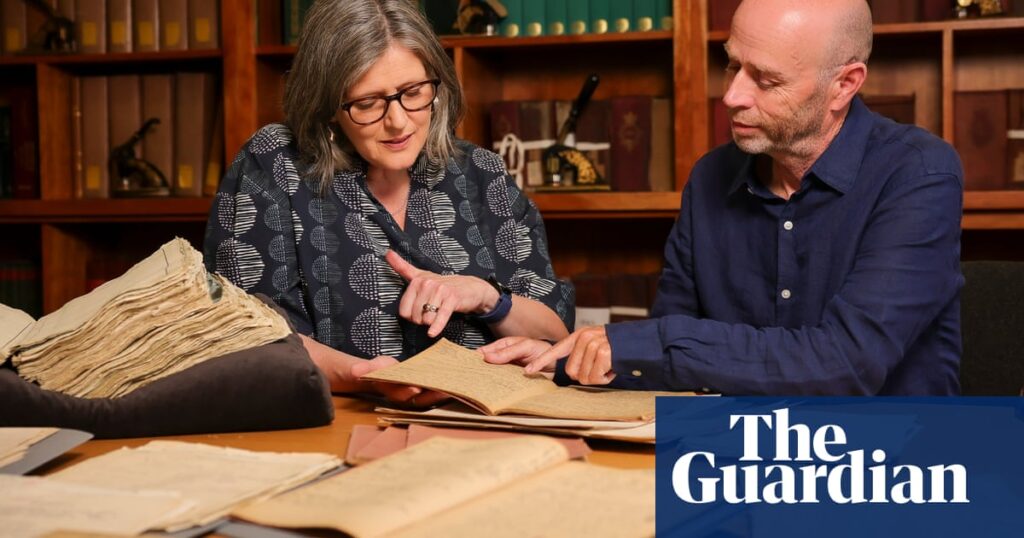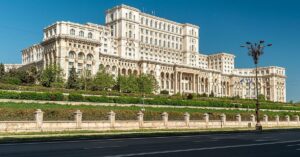
Seven centuries of lost historical records, encompassing espionage, political corruption, and the everyday lives of Irish citizens, have been recovered and are now being released. This significant undertaking aims to fill the gaps in Irish history by making 175,000 additional records and millions of words of searchable content freely available to researchers and the public.
The Virtual Record Treasury of Ireland, a global academic collaboration spearheaded by Trinity College Dublin, has employed historians, computer scientists, and other specialists to digitally reconstruct parts of a vast archive destroyed during Ireland’s civil war. The project, which launched in 2022 on the centenary of the burning of the Public Record Office in Dublin, is now commemorating the 103rd anniversary of this disaster by unveiling newly recovered materials.
Reviving a Lost Archive
The original Public Record Office, once a six-story repository of invaluable documents dating back to medieval times, was obliterated in 1922 during a five-day battle at the Four Courts by the River Liffey. The destruction was a significant loss to scholars worldwide. However, the initiative has enlisted 75 archives and libraries across Ireland, the UK, and globally to source transcripts and duplicates of these lost documents, many of which had been forgotten in storage.
Peter Crooks, a Trinity historian and academic director of the project, expressed amazement at the scale of the data recovered.
“It’s an enormous stretch of time from the 13th century up to the 19th century. The scale of what can be brought in, in terms of reconstruction, continues to amaze me.”
International Collaboration and Technological Innovation
Patrick O’Donovan, Ireland’s culture minister, highlighted the international collaboration that underpins the rediscovered historical riches.
“It offers an invaluable historical resource for people of all ages and traditions across the island of Ireland and abroad, and democratises access so that our shared history is more accessible and engaging for everyone.”
The project has merged traditional academic investigation with cutting-edge technology, including artificial intelligence, to achieve its goals. Key partners include the National Archives of Ireland, the Public Record Office of Northern Ireland, the UK National Archives at Kew, and the Irish Manuscripts Commission. Crooks noted,
“The circle of collaborators has widened and deepened.”
Unveiling Historical Treasures
The latest material includes 60,000 names from the lost censuses, offering a valuable resource for genealogists and descendants of the Irish diaspora to trace family lineages. Ciarán Wallace, a Trinity historian and co-director of the project, remarked,
“This is only a fragment of what’s missing but 60,000 is a huge improvement on a blank slate.”
Among the newly available resources is the “age of conquest” portal, which contains parchments in Latin and 5 million words of Anglo-Norman Irish history, translated into English, spanning 1170 to 1500. Additionally, state papers from 1660 to 1720, including extensive intelligence reports from the Tudor era, have been uploaded.
A diary housed at the US Library of Congress, now accessible through the project, reveals underhanded dealings that led to the abolition of the Irish parliament in 1800 and Ireland’s incorporation into the UK. Joel Herman, a research fellow involved in the project, noted,
“You find out about some of those underhanded dealings. One member of parliament said he can’t vote for it because of the corrupt methods that have been used to win votes.”
Future Directions and Technological Tools
In addition to the new material, the project is introducing a search tool called the Knowledge Graph Explorer, which can identify people, places, and the connections between them. This tool is expected to further enhance the accessibility and utility of the recovered records.
The release of these records marks a significant milestone in the preservation and understanding of Irish history. As the project continues to expand its reach and resources, it promises to provide even deeper insights into Ireland’s past, offering scholars and the public alike a richer understanding of the nation’s heritage.





